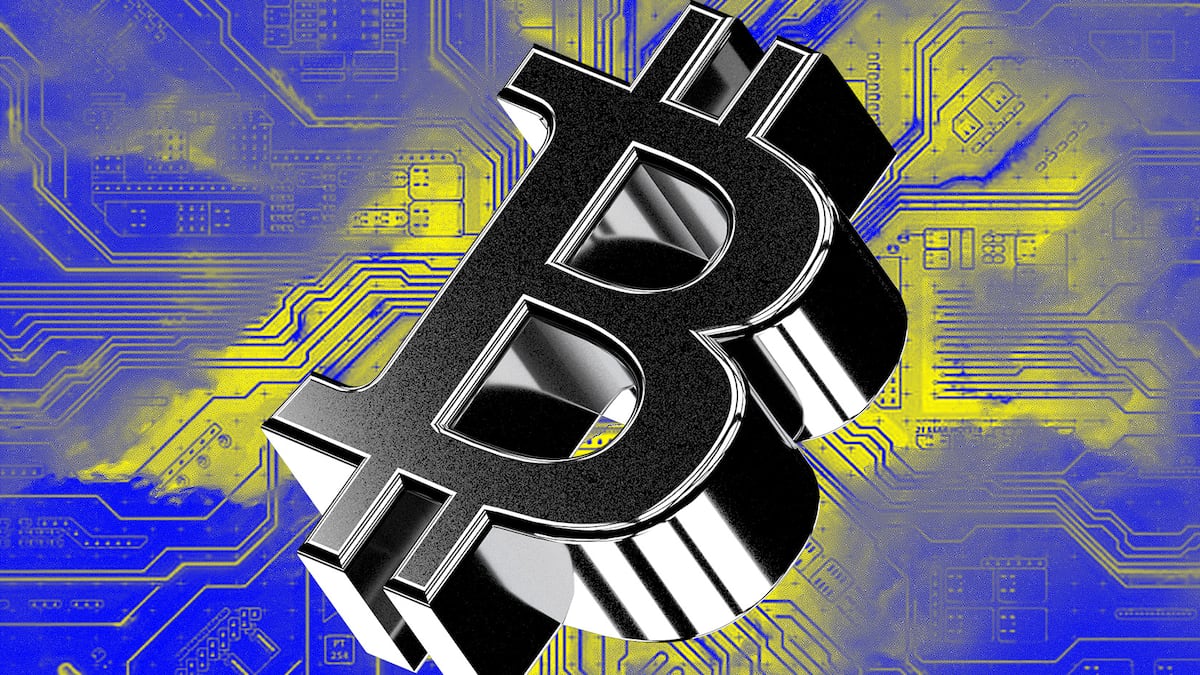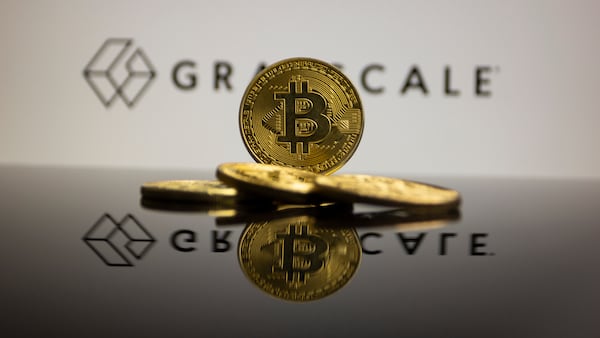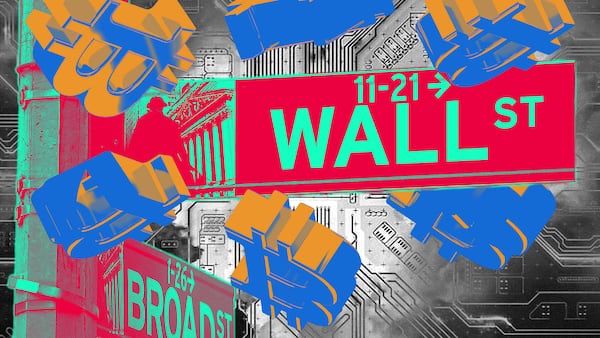- Bitcoin’s next halving — the moment when the supply of new tokens is cut in half — will happen mid-April.
- Past halvings have preceded sharp increases in the price of Bitcoin.
- Still, it could also spell trouble for some miners who help to secure the network.
Like clockwork, Bitcoin’s march toward its 21 million supply cap will hit its next milestone this spring, with potentially devastating consequences for the “miners” that confirm and order transactions on the network.
Every four years, the network automatically, irreversibly halves the amount of Bitcoin miners can earn from appending blocks of verified transactions to the Bitcoin ledger.
Based on current estimates, the next “halving” will happen around mid-April.
In a cryptocurrency famous for its stability and lack of change, the halving is a rare event that is eagerly anticipated by Bitcoin proponents, who believe its dramatic effect on supply is a surefire catalyst for price growth.
Indeed, all three halvings to date have been followed by bull markets, said Haris Basit, chief strategy officer at Bitcoin mining company Bitdeer.
“Sometimes [the bull market] starts immediately, sometimes it starts a few months later,” he said.
But Basit and others say a prompt increase in the price of Bitcoin isn’t necessarily a foregone conclusion. If Bitcoin doesn’t continue its recent surge, some miners could find themselves struggling to survive after the halving.
It all comes down to the economics of mining.
Miners are rewarded with Bitcoin for appending blocks of transactions to the blockchain. The privilege of appending a block must be earned, with each miner racing to guess a number selected automatically and randomly by the network. The more computing power a miner has, the better their odds.
To prevent any one person or entity from amassing too much power, Bitcoin was programmed so that guessing the randomly generated number becomes more difficult as more computing power joins the network.
In the network’s early days, college students mined Bitcoin from dorm rooms on their laptops. Today, massive, industrial-grade facilities running specialised hardware do the job, consuming so much energy in the process that they have drawn scrutiny from politicians in Europe and the US.
Assuming the price of Bitcoin is unchanged at the time of halving, miners’ rewards will be cut in half and, in turn, so will their revenue.
Many who didn’t upgrade their equipment or relocate to places with lower energy costs could quickly find themselves underwater.
“The [profit] margin is going to be so squeezed,” Wolfie Zhao, a partner at BlocksBridge Consulting, told DL News. “It’s going to [cause] an existential crisis for a lot of the inefficient mining operations.”
That fear has created an arms race among miners, he said. BlocksBridge analysed filings from a dozen publicly listed mining firms and found they had committed a whopping $1.2 billion to upgrades in 2023.
“More than half of that happened since late September,” he said.
Still, Basit says he hasn’t seen evidence of an arms race.
Companies that build hardware for Bitcoin mining recently announced their latest generation, which is expected to ship sometime next year, Basit said. With advanced hardware, miners in places with cheap electricity will be able to mine Bitcoin at much lower prices.
“Even after the halving, you’d have no problem,” Basit said. “We do believe that the availability of … higher efficiency machines will become better over time. So I don’t think there should be a rush to buy a ton of it right now, because I think there’s going to be opportunities for that in the months to come.”
He also acknowledges that this year will be sink-or-swim for many mining companies.
Exactly how the halving plays out for many miners will also depend on the price of Bitcoin when the halving arrives.
“If it stays at the current level, say $42,000, or in this range, then at the halving, a significant number of the mining operations or mining rigs that people have within their mining operations, become unprofitable and would be turned off, because they’re costing more money to operate than they’re generating in Bitcoin revenue,” he said.
“The other scenario is if the Bitcoin price is higher, say above $50,000 or more, then I don’t think a substantial number of rigs will get turned off, because then they will still be able to squeak out some profitability.”
Prices have risen recently, partly in anticipation of a spot bitcoin ETF approval in the US. Whether the expected ETF approval or the halving will lead to further gains remains unclear.
“There’s definitely a restriction in supply. That’s normally going to cause some kind of price movement as long as the demand is stable or goes up,” Basit said.
Zhao said things have changed since the last halving.
Miners “only mine like 900 per day,” he said. “So the supply is already very limited. It’s not like four or five years ago.” Prior to the previous halving, in 2020, about 1,800 Bitcoin were mined daily.
Regardless, the culling of miners will make it easier for those that remain. Still, they’ll still need to hang tight before they enjoy the fruits of their labour.
“Mining becomes a little more profitable for the remaining rigs,” Basit said. “Over the longer term, you know, it balances out but it takes a while, because ordering and delivery of rigs takes time and a fair amount of capital. And you have to be able to wait at least two years to get a return on that capital before you’re actually profiting from the investment that you made.”









